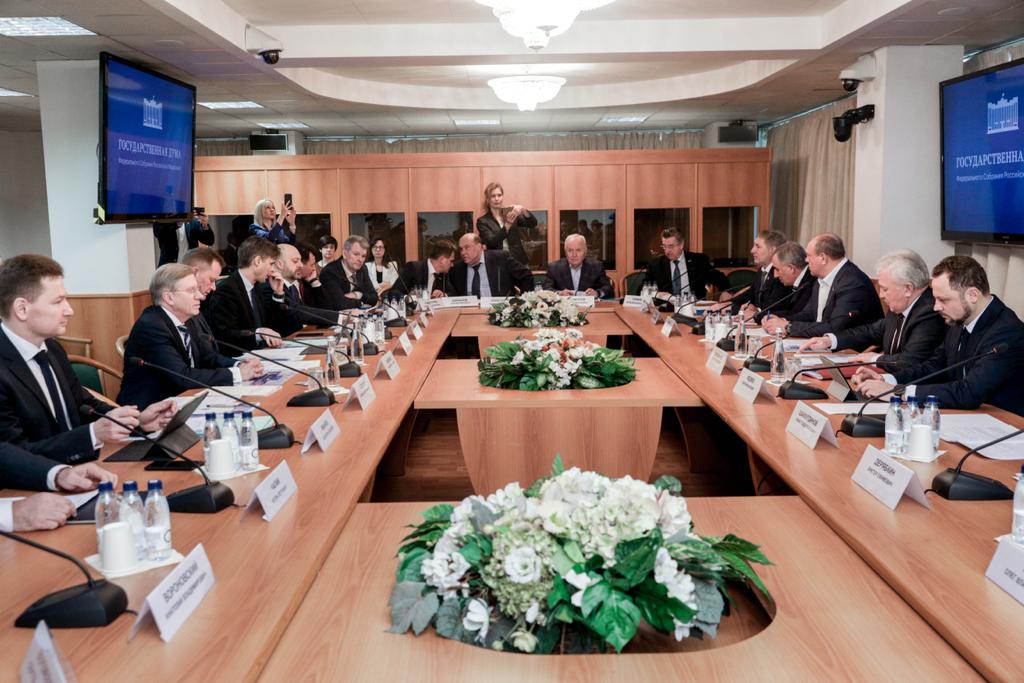
In 2022, the industry of civil sea/river shipping in 2022 showed an increase, year-on-year. The cargo turnover of sea and river transport increased, the number of passengers traveling on Russian rivers grew, new ports and sea cargo terminals were built, according to Viktor Deryabkin, deputy of the State Duma, Deputy Chairman of the Transport Committee. When speaking at the meeting of the committee, he said that cargo volumes carried by Russia’s river transport in 2022 rose by 5.2% to 116.2 million tonnes, by seaborne transport – by 17.3% to 27.5 million tonnes.
The speaker noted active development of transport routes to the Far North with the cargo volumes having increased by 108.6% in 2022. A total of 9.3 million tonnes of cargo was carried including 4.97 million tonnes of dry bulk cargo and 4.35 itl of liquid bulk cargo.
The volume of passenger traffic on inland water ways of Russia increased by 5.8% to 9.1 million people, while passenger transportation by sea fell by 24.3% to 3.4 million people.
According to Viktor Deryabkin, cargo throughput of Russian ports showed a slight decrease, 0.7%, to 841.7 million tonnes. The factors which had an impact on the final result included the withdrawal of major international container operators from Russia and new ports Russia got in 2022, Mariupol and Berdyansk, which do not operate at their full capacity yet. However, the development of port infrastructure continued in 2022. This work will continue in 2023 thus increasing the capacity of sea and river waterways by 2.9 million tonnes. “This year, the designing and construction of passenger berths for river vessels and the renewal of the technical fleet will continue. There is a plan to build 15 new ships and to pay great attention to the development of both freight and passenger transportation, especially in terms of domestic tourism,” said Viktor Deryabkin.
In addition, modernization of passenger river fleet is underway: two new cruise liners have been laid down, river and sea hydrofoils are under construction. They will operate on new regular routes between the ports of the European part of Russia.



